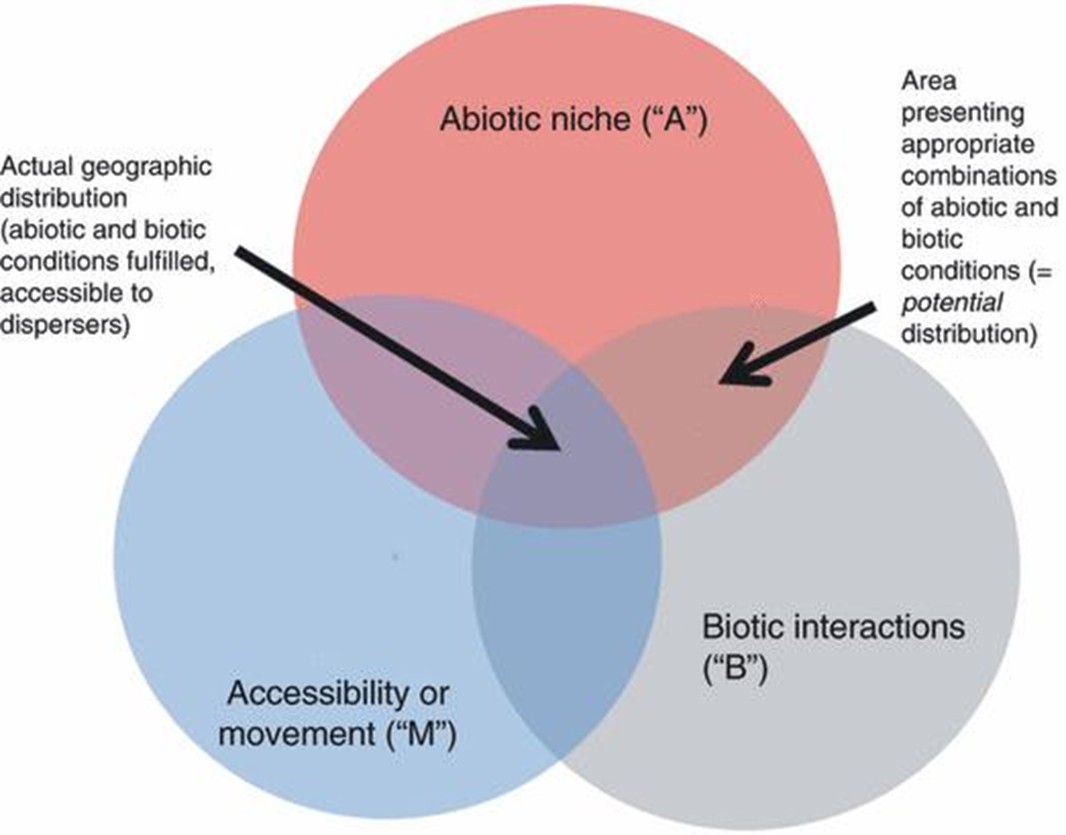Modeling the current and future geographical distributions of Erythranthe floribunda using mechanistic and correlative distribution models
2025 - Dr. Israel Borokini

Our scientific understanding of climate change effects comes mainly from ecological modeling, based on correlative models that relate climatic conditions in species known occurrences and then predict how their ranges will shift in the future. However, these species distribution models (SDMs) do not account for intraspecific trait variations and physiological tolerances to wider breadth of climatic conditions within and beyond the current range of the studied species. Therefore, future model predictions may underestimate climate-induced geographical distribution shifts. Given the public and conservation policy implications of climate research, it is crucial to reliably predict species responses. In this pilot study, I will use growth chamber experiments to determine the upper and lower thermal limits of Erythranthe floribunda. Seeds will be collected in four populations across the species’ latitudinal gradient, accounting for intraspecific trait variations associated with varying microecological conditions within the species range. The plants will be exposed to temperatures lower and higher than the average temperatures in their natural locations. Survival rates and performance traits such as number of flowers and seeds, maximum plant height, and total biomass will be measured and compared with traits collected in natural sources and used to determine the species thermal niche breadth and physiological tolerances. Bayesian mechanistic models, combining species thermal limits and occurrence data, will be fitted and compared with the traditional SDMs based on only known occurrences, both of which will be projected into future climatic conditions to quantify the species range shifts.
